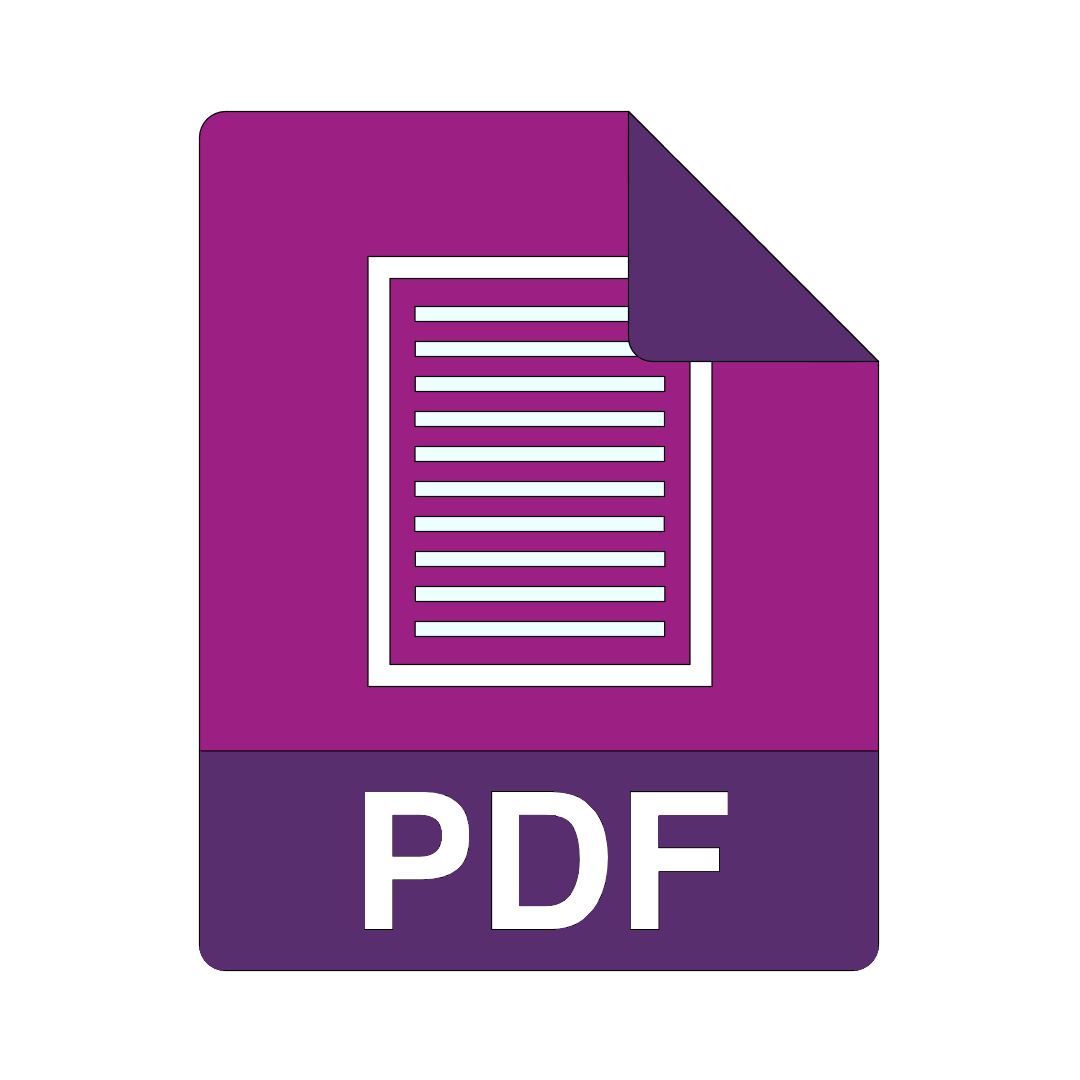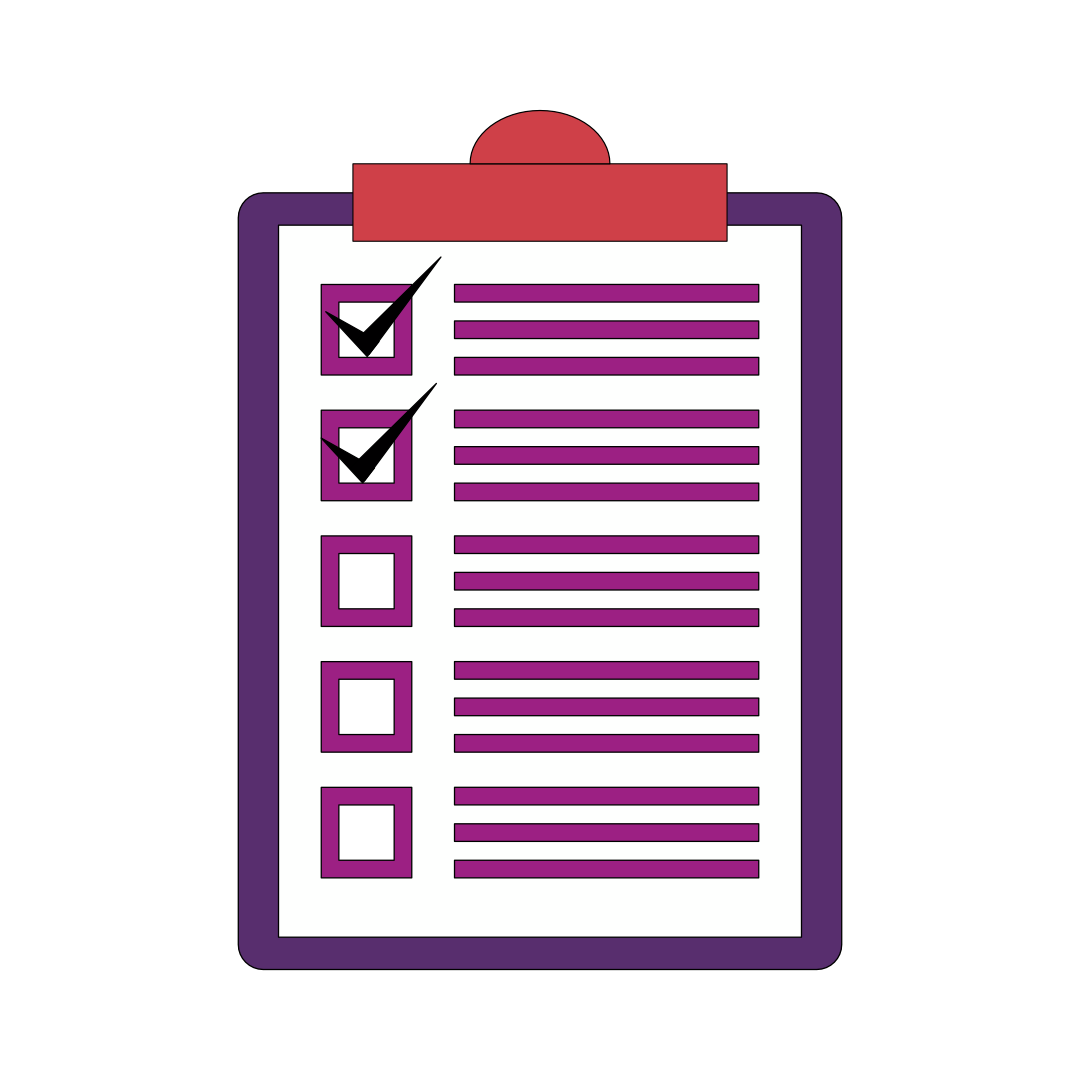Below you will find learning resources to help you develop the skill of Verbal and Written Communication. Click on the links to access the resources.
PDFs
Managing Information EffectivelyThis PDF provides an in-depth explanation of how we structure and manage information at different levels of detail and complexity. It covers how we communicate, including common causes of miscommunication, and what we can do to communicate more clearly depending on the person/group we are engaging with. It is aimed at structuring information at an individual level.
VIDEOS
Managing Information Effectively
This video provides an in-depth explanation of how we structure and manage information at different levels of detail and complexity. It covers how we communicate, including common causes of miscommunication, and what we can do to communicate more clearly depending on the person/group we are engaging with. It is aimed at structuring information as an individual when you are communicating with another.
ON THE JOB ACTIONSStructure Your Ideas
Read 'Managing Information Effectively' and apply the techniques to assemble a logical, well-structured series of facts and ideas to make up your communication, whether in writing, or, to prepare for an important conversation or workshop.
Match Words to Body Language
Observe effective communicators, colleagues or people in the public eye. How does the eye contact and body language match what is being said? When communicating ensure that your body language is congruent with the message you are verbalising.



